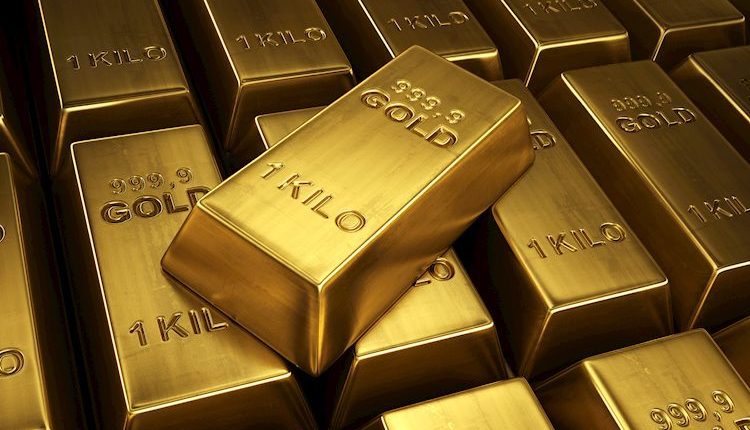Gold Price Forecast: XAU/USD attracts some buyers to near $2,700, traders brace for Fed rate decision
- Gold price rebounds to around $2,690 in Friday’s Asian session, adding 42% on the day.
- Gold demand and geopolitical risks could support the Gold price.
- The cautious stance of the Fed due to Trump tariff policies might put pressure on the USD-denominated Gold.
Gold price (XAU/USD) recovers some lost ground to around $2,690 during the Asian trading hours on Friday after retreating from a five-week high in the previous session. All eyes will be on the US Federal Reserve (Fed) interest rate decision next week.
Gold buying by central banks, including the People’s Bank of China (PBoC) could provide some support on the yellow metal. The Chinese central bank resumed gold purchases in November after a six-month hiatus, increasing its reserves to 72.96 million fine troy ounces. This move comes as Beijing signals a shift to an “appropriately loose” monetary policy, with plans for a more proactive fiscal approach in 2024. Goldman Sachs analysts noted that the People’s Bank of China (PBoC) “may even increase Gold demand during periods of local currency weakness to boost confidence in their currency.”
Additionally, the escalating tensions in the Middle East might boost the safe-haven demand flows, benefiting the precious metal. Reuters reported that an Israeli strike killed at least 30 Palestinians and wounded 50 others who were sheltering in a post office in the central Gaza Strip, bringing the death toll on Thursday in the enclave to 66.
On the other hand, the speculations that US President-elect Donald Trump’s tariff policies might prompt inflation might convince the Fed to adopt a more cautious stance on cutting interest rates. This, in turn, could act as a headwind for non-yielding assets like gold. According to CME Group’s FedWatch Tool, traders are now pricing in a nearly 96.4% chance that the Fed will reduce its rate by 25 basis points (bps) rate cut at the December meeting.
Gold FAQs
Gold has played a key role in human’s history as it has been widely used as a store of value and medium of exchange. Currently, apart from its shine and usage for jewelry, the precious metal is widely seen as a safe-haven asset, meaning that it is considered a good investment during turbulent times. Gold is also widely seen as a hedge against inflation and against depreciating currencies as it doesn’t rely on any specific issuer or government.
Central banks are the biggest Gold holders. In their aim to support their currencies in turbulent times, central banks tend to diversify their reserves and buy Gold to improve the perceived strength of the economy and the currency. High Gold reserves can be a source of trust for a country’s solvency. Central banks added 1,136 tonnes of Gold worth around $70 billion to their reserves in 2022, according to data from the World Gold Council. This is the highest yearly purchase since records began. Central banks from emerging economies such as China, India and Turkey are quickly increasing their Gold reserves.
Gold has an inverse correlation with the US Dollar and US Treasuries, which are both major reserve and safe-haven assets. When the Dollar depreciates, Gold tends to rise, enabling investors and central banks to diversify their assets in turbulent times. Gold is also inversely correlated with risk assets. A rally in the stock market tends to weaken Gold price, while sell-offs in riskier markets tend to favor the precious metal.
The price can move due to a wide range of factors. Geopolitical instability or fears of a deep recession can quickly make Gold price escalate due to its safe-haven status. As a yield-less asset, Gold tends to rise with lower interest rates, while higher cost of money usually weighs down on the yellow metal. Still, most moves depend on how the US Dollar (USD) behaves as the asset is priced in dollars (XAU/USD). A strong Dollar tends to keep the price of Gold controlled, whereas a weaker Dollar is likely to push Gold prices up.
Read the full article here

